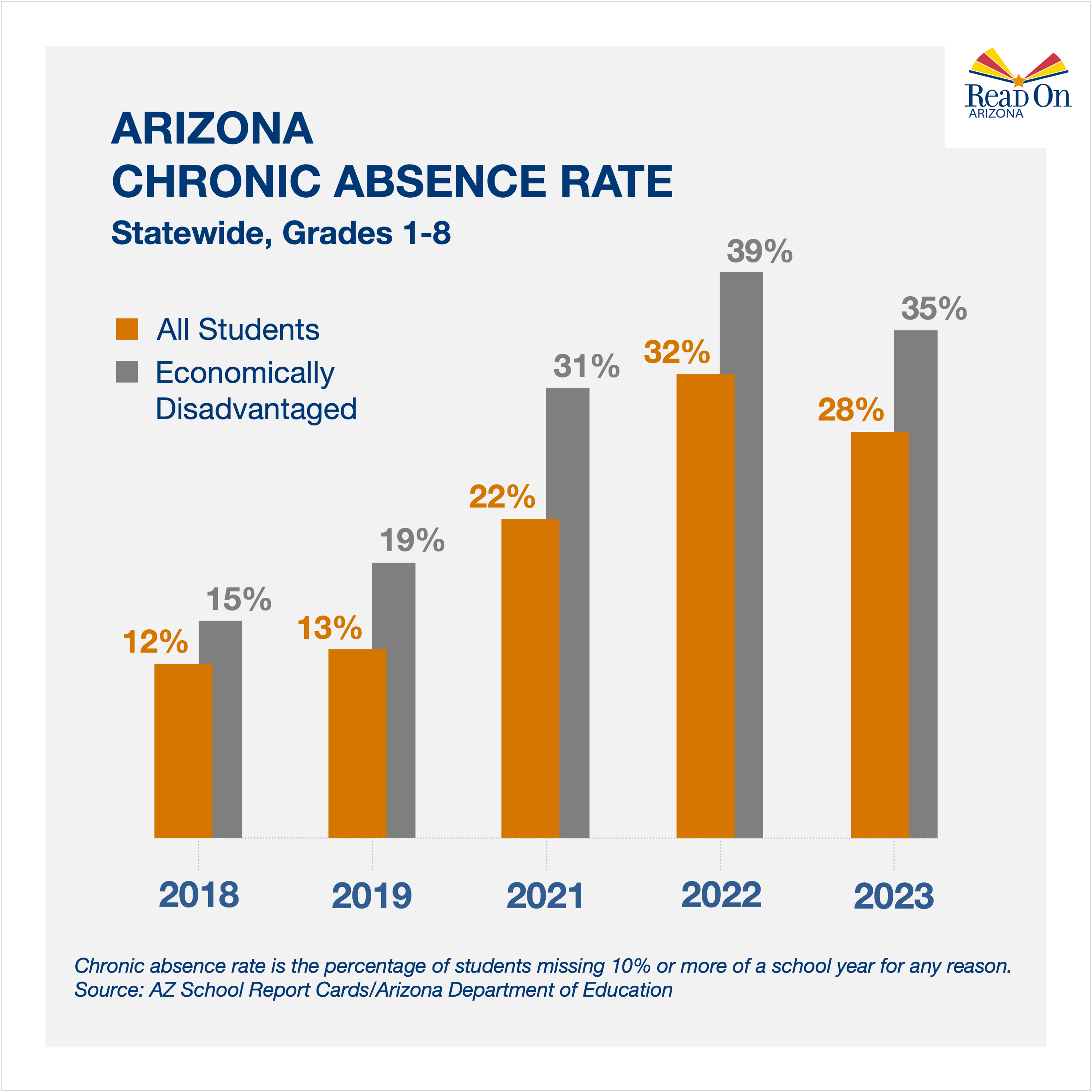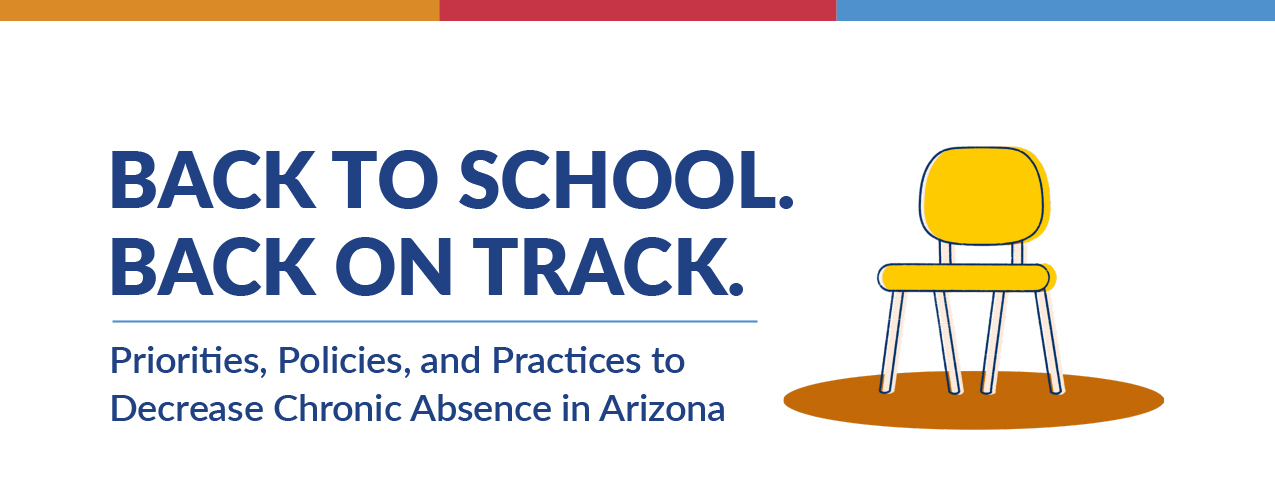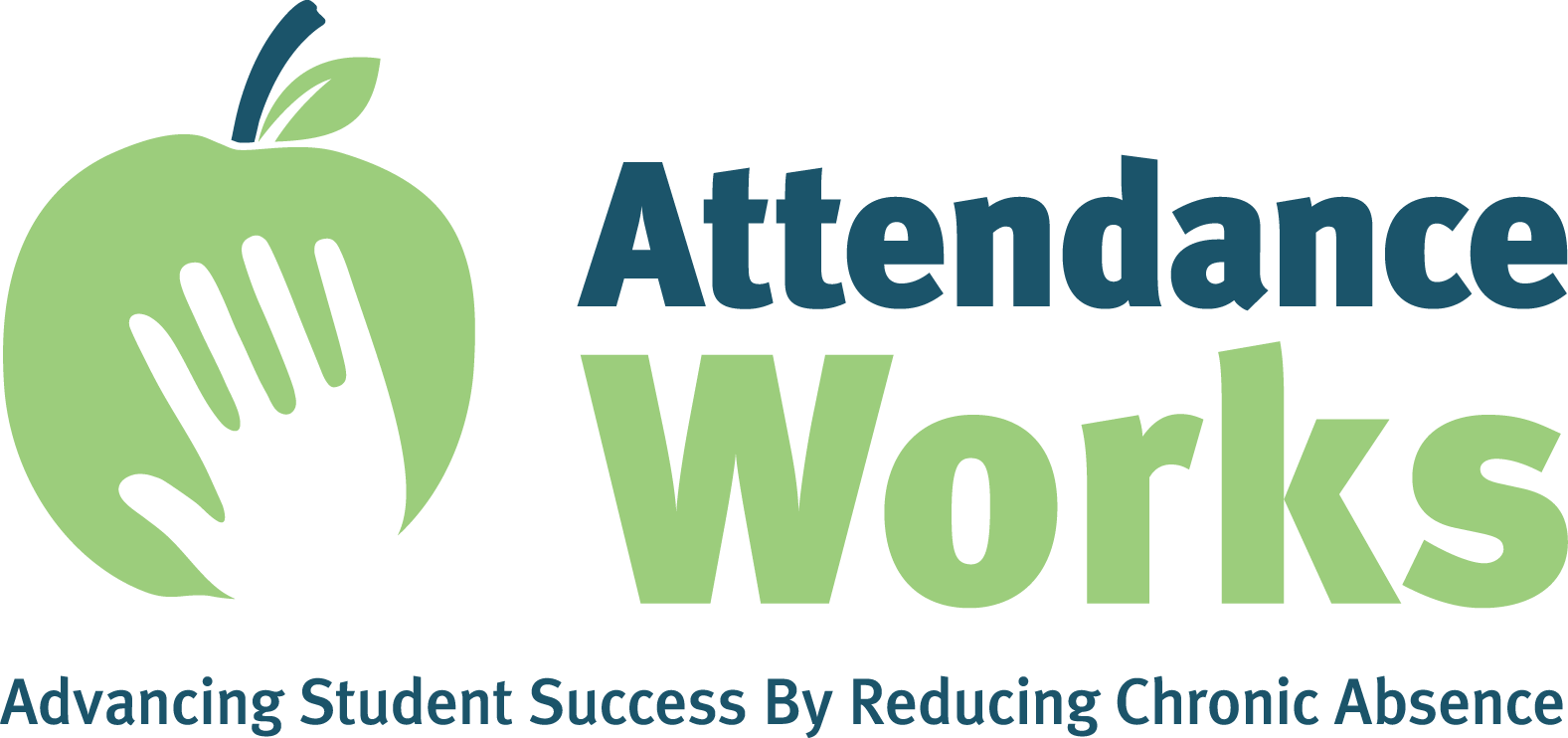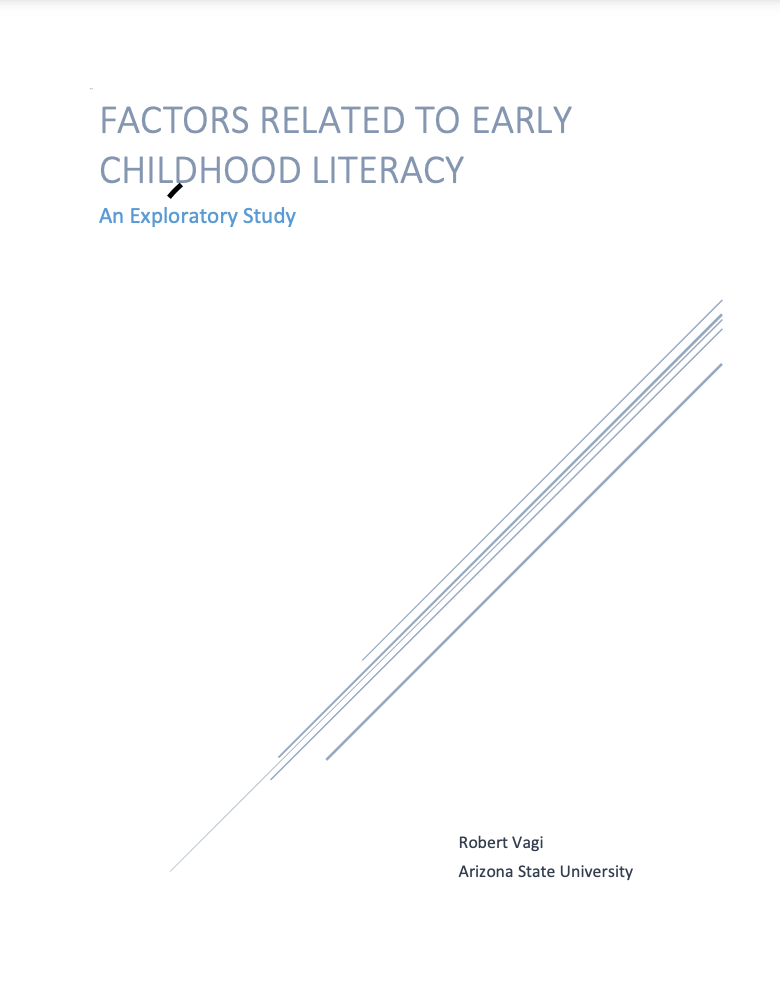
Research shows that school attendance is significantly related to student achievement.
-
Overview
-
Arizona Chronic Absence Task Force
Too many absences can keep students from reading at grade level by the end of third grade, which is a strong predictor of future academic success. Students who fall behind early are much more likely to drop out of school and much less likely to develop the skills needed for career success.
A student is considered chronically absent when they miss 10% or more of a school’s calendar year for any reason, excused or unexcused. That’s about 18 days in a typical school year, or just two days a month.
Across the nation, rates of chronic absence have nearly doubled from pre-pandemic levels, and Arizona is facing its own urgent challenge, with one of the highest chronic absence rates in the country.
- 32% of Arizona’s students in Grades 1-8 were identified as chronically absent in 2022, up from 13% in 2019.
- Chronic absence rates were even higher among economically disadvantaged students and Native American students.

Students miss school for many different reasons. Challenges may include the lack of consistent housing or transportation, which is a common barrier in rural communities. Family circumstances, illness, or trauma can be involved. Some students may be struggling or disengaged, with no meaningful relationships to adults in the school. Every circumstance is different and often complex.
The good news is that preventing absences also produces increases in early literacy outcomes. Data analysis showed that a 1% increase in school-level attendance rate was associated with a 1.5% increase in students passing Arizona’s third grade reading assessment.
Chronic absence is a problem we can solve, but schools cannot do it alone. There are effective, evidence-based strategies to tackle chronic absence that involve schools, communities, and families working together and using data to target strategies and interventions.
With this purpose in mind, Read On Arizona convened the Arizona Chronic Absence Task Force in 2023. Leaders from school districts, community partners, state agencies, the Governor’s office, legislative staff, and education stakeholders met and conferred with national experts from Attendance Works to develop the following priorities and recommendations, which provide a high-level framework for the collaborative efforts required to get our students back to school and back on track.
-
Build awareness and urgency with clear, compelling calls to action.
RECOMMENDATION 1
Adopt the goal to reduce chronic absence to pre-pandemic levels by 2030.
With rates of chronic absence having spiked to unprecedented levels across the country, many states have adopted challenge goals to spur efforts to boost attendance, decrease chronic absence, and improve student achievement. This shared goal can be adopted by Arizona and individual communities, schools, and districts. The Arizona Chronic Absence Task Force will convene annually to track progress and make additional recommendations as needed.
RECOMMENDATION 2
Re-engage students and families with relevant messaging on the impact of attendance on student success.
Habits and attitudes regarding attendance have changed significantly since the pandemic. Schools and local education agencies (LEAs) need to re-engage students and families with relevant, relatable communication about why every day of school is an important step toward graduation and how every day they miss is more than one step back. Planned communications can be coupled with outreach strategies to personally connect with absent students and their families.
RECOMMENDATION 3
Activate cross-sector partners and local leaders in a statewide awareness campaign to promote regular school attendance.
Schools cannot do this work alone, and chronic absence is more than a school issue. It affects communities, businesses, workforce development, and more. To build on the work of the Arizona Chronic Absence Task Force, Read On Arizona will convene a work group to inform a multi-year, statewide awareness campaign to engage community leaders and public-private partners to participate in coordinated efforts to boost school attendance and student achievement in Arizona.
ADDITIONAL CONSIDERATIONS
- Partners can find opportunities to elevate and integrate chronic absence in their ongoing work through conferences, media opportunities, research, etc.
- Read On Arizona and partners can continue to spotlight successful strategies and innovative approaches through case studies, briefs, and other communications.
-
Collect actionable data to identify challenges and drive solutions.
RECOMMENDATION 1
Revisit Arizona’s definition of chronic absence to account for student mobility.
Arizona is not accurately accounting for chronic absence among students who change schools. If schools do not have complete attendance data for incoming students, they may not be able to identify and support students who are effectively chronically absent and most at risk of falling behind.
RECOMMENDATION 2
Update Arizona’s A-F school accountability metric for chronic absence reduction.
Schools currently earn points for reducing chronic absence if their year-over-year chronic absence rate for grades 1-8 stayed the same or decreased by any amount. A revised metric would more accurately reflect the critical importance of this issue, especially for families who use the A-F school letter grades to make educational choices. It would also enable ADE to more accurately identify schools for additional technical assistance. Policies regarding the A-F accountability system are subject to final adoption by the State Board of Education.
RECOMMENDATION 3
Prioritize the collection and dissemination of attendance data for all grades and student subgroups.
Accurate, actionable attendance data is critical to monitor progress and drive effective responses for schools, LEAs, and at the state level. Arizona should continue to provide access to attendance data on its shared, comprehensive data tool, MapLIT, and fill existing gaps in the availability of attendance data by grade and subgroup, including high school.
ADDITIONAL CONSIDERATIONS
- Schools and LEAs can leverage the “early warning” functionality built into their current student information system (SIS) to export data for real-time attendance reports, generate communications to families, etc., or work with their SIS vendor to develop more actionable data tools and reports.
- Efforts to collect data from families on the reasons for each school absence can help determine which strategies and interventions a school needs to consider.
- With technical assistance and guidance as needed, local school and charter governing boards can apply consistent measures of attendance and examine trends in attendance data to inform the design of instructional time models.
-
Promote systematic, evidence-based prevention and intervention strategies.
RECOMMENDATION 1
Support schools with practical guidance, resources, and training to create and implement a plan to reduce chronic absence.
Efforts are underway to build the capacity of schools and stakeholders to understand the root causes of chronic absence, which are varied and complex, and deploy the most effective and appropriate strategies for each school and student.
- The Arizona Chronic Absence Task Force has published a comprehensive Arizona Chronic Absence Resource Guide, a framework of evidence-based strategies to be used as a foundational tool for school administrators, districts, charter networks, and community partners to address attendance challenges.
- Successful initiatives, such as professional development to learn evidence-based ways to reduce chronic absence and promote consistent attendance, can be scaled up to reach more high-need schools. Identifying funding sources is a priority.
RECOMMENDATION 2
Adopt a tiered approach — from prevention to intensive intervention — to improve attendance at the school, district, and community levels.
Implementing a multi-tiered system of support (MTSS) is the most effective framework for schools and local attendance efforts to address chronic absence, offering evidence-based strategies based on the level and severity of students’ attendance challenges. Information and guidance about applying an MTSS approach to attendance is included in the Arizona Chronic Absence Resource Guide.
ADDITIONAL CONSIDERATIONS
- Addressing chronic absence requires multiple strategies and solutions that vary with unique community circumstances. Schools and LEAs can replicate successful models and pilot programs with demonstrated results and coordinate with broader local and regional efforts that include cross-sector partners.
- Partners can develop a coordinated research agenda focused on root causes, the connection of attendance to student achievement, and other relevant topics.
Resources

Arizona Chronic Absence Resource Guide
A comprehensive framework of evidence-based strategies for school administrators, districts, charter networks, and community partners.
Visit Website
Back to School. Back on Track.
Priorities, policies, and practices to decrease chronic absence in Arizona, as developed by the Arizona Chronic Absence Task Force.
Download
MapLIT
Read On Arizona’s data mapping tool includes chronic absence data by county, district, school, and more.
Learn More
Attendance Works
Attendance Works offers extensive information on chronic absence, policies, and research.
Visit WebsiteMissing Too Much School
This research brief published by Helios Education Foundation and WestED highlighted trends in K-8 chronic absenteeism in Arizona during the pandemic.
Visit Website
Factors Related to Early Childhood Literacy
This research study initiated by Read On Arizona showed that two independent measures of student attendance were predictive of school-level reading achievement.
Download